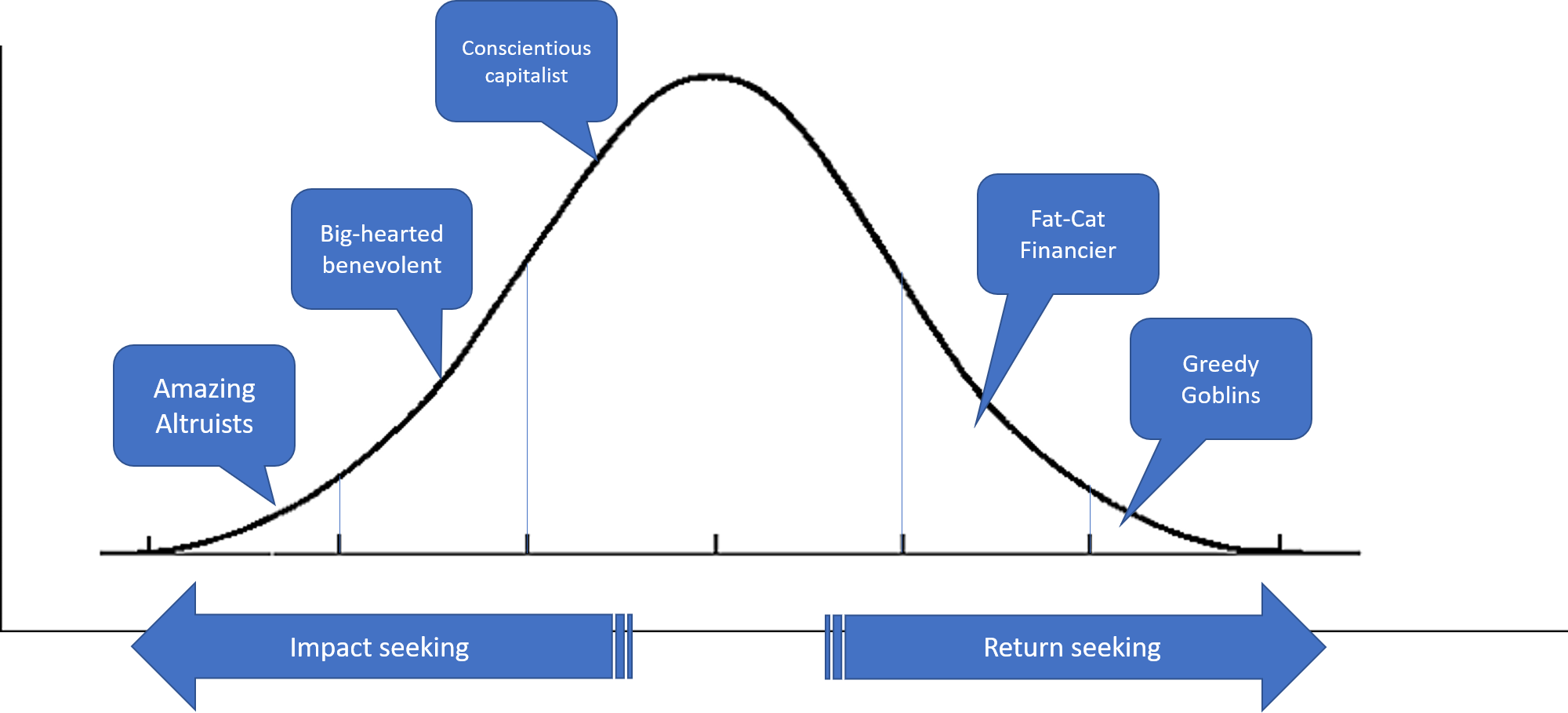One often hears the question (and you’ve probably asked this yourself): “What is the role of private enterprise in addressing social problems?” The general belief is that the moment you allow return-seeking capital, you are opening the door for exploitation. After all, how can you profit from the poor?
These may be fair concerns, but for-profit, impact-seeking private enterprise has a role to play in development; and this article is an attempt to articulate why.
The limitations of traditional approaches
The development problems we face are large and complex. Income inequity, poor health outcomes, low rates of educational achievement, low farm productivity—everywhere you turn, you see these issues staring you in the face. Some of these are hundreds of years old, deeply intertwined with other issues, and seemingly intractable.
Traditional ways of addressing these have been through government intervention (such as targeted schemes), or through initiatives of nonprofits. While the government has deep pockets and the potential to scale, it is not designed to innovate, or experiment with risky but potentially game-changing solutions.
[quote]While government has the potential to scale, it is not designed to experiment with risky solutions.[/quote]Nonprofits, on the other hand, struggle with finding the talent and resources required to scale. The donor shift to project-based financing also means that they don’t have the ability to experiment too much with new and innovative, but risky, approaches.
Lastly, solving these complex problems requires collaboration. Parties working on different parts of the problem must work together, contributing what they individually do best, while also collectively making a difference on the whole. However, without the resources–people and money–to engage partners effectively, attempts at collaboration often break down.
Related article: Building coalitions
The return vs impact motivation
To address these problems at scale, what can we do to increase the flow of money, talent and partnership, support to develop, deploy and scale innovative solutions for our most pressing problems?
I like to think of these in terms of the ‘Bell Curve of Altruism.’ If there was an index of altruism, I believe that funders—both individual as well as institutional–would generally be distributed normally along that index.
On the extreme left would be the Amazing Altruists, people who readily give their money and time to causes they believe in. On the other extreme are what I’d like to call Greedy Goblins who don’t think much about the impact of their actions, as long as they continue to make more money doing it.
I think most would fall in the middle, where they’d like to see fair returns, but are conscious about how those returns are earned—fairly and legally.

If we have to increase the flow of capital to social causes, we have to be able to move beyond the Amazing Altruists and draw in the Big-hearted Benevolents, and some of the Conscientious Capitalists.
While Altruists are willing to give their money as pure grants, expecting nothing but social impact in return, Benevolents need a little more—they expect to get at least their capital back, and are willing to be patient about it. The Conscientious Capitalist may be willing to accept a lower-than-market return, but expects the investee to at least cover inflation, and maybe a little more.
At Villgro, a nonprofit, we’re firmly in Altruist territory. However, to expand the pool of capital available to the social entrepreneurs we work with, we launched the Menterra Social Impact Fund, which gives muted returns, with social impact. We were thus able to tap into the Benevolents and Conscientious Capitalists and expand our footprint of financial supporters.
The same logic can be applied to people as well. We need hundreds of social change agents at all levels, within both nonprofits and social businesses, if we have to make a dent in the size of problems we face.
[quote]We need social change agents at all levels, within both nonprofits and social businesses, if we have to make a dent in the size of problems we face.[/quote]
Some of the best entrepreneurs we’ve seen, are those who have gained valuable experience working at a corporate. When they evaluate the decision to take the plunge into solving a social problem, the ‘opportunity loss’ in giving up the security and quantum of the corporate paycheck weighs heavily on their decision.
People sitting just outside the Amazing Altruist territory–2-3 percent of the population–want their basic material needs to be met. They have families to support and student loans to pay.
Founders of social enterprises might be willing to make the sacrifice, knowing that their shareholding will compensate them in the future, when their social enterprise gets acquired. But companies aren’t built on founders alone; one needs senior and middle management to execute and scale.
Related article: How to crack the talent test
If we have to increase the flow of smart, capable, talented people addressing social problems to the sector, we have to meet the needs of the people in the upward slope of the bell curve – the human equivalents of the Big-hearted Benevolents and Conscientious Capitalists.
Which means, we must pay them reasonable salaries, be able to share equity, and allow them to have some chance of an ‘exit’ so as to create wealth for founders and employees, something that is possible through the legal structure of a for-profit social enterprise.
Lastly, partnerships are key to execution and scale. Social businesses need partners who will help them use their labs for prototyping equipment, test their medical device in clinics or distribute their product. Here too, the bell curve of altruism will come into play.
While a few partners will enthusiastically support your cause, with little expectation of a return, true scale will only come from partners who will charge for services rendered.
I believe that we need to recognise that not everyone is an Amazing Altruist. If we have to expand the pool of funders, people and partners who can help us in our journey of addressing social problems at scale, we need to leverage structures that give them more than just social impact.
Of course, some checks and balances are required to ensure that we guard against mission drift, but with those protections in place, I do think we can leverage the benefits that are on offer.



